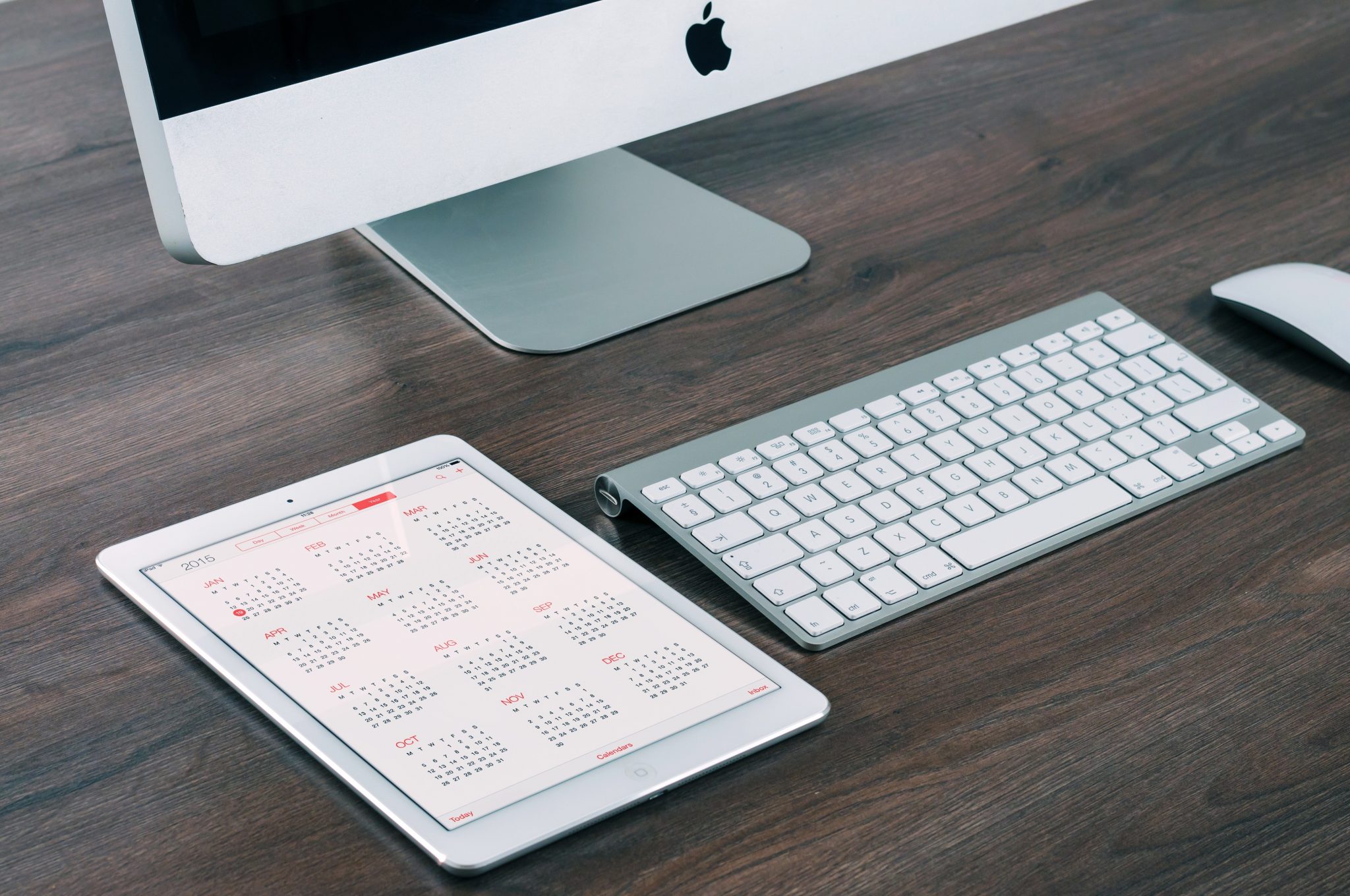
The workweek can be tough. Life asks much of you, and it can feel like the important things are slipping away. While the weekends are traditionally a reprieve from the workweek, more and more, they seem to blend together. So it’s important to make sure you’re using your weekend wisely to prepare for the work week. Here are six ways to use your weekend time to make your next week a bit smoother.
1. Schedule the Week Ahead
Scheduling is one of the best ways to start making good use of your time. It’s easy to meander through the week with a vague idea of what you need to get done each day. You spend more mental power than you might expect when you need to reorient yourself every day.
By scheduling your week in advance, you increase your clarity and precision throughout the week. So start scheduling your week on the weekend if you aren’t already. Spend 30 minutes to an hour on your weekend, blocking out the most important items for every day.
Timeboxing is a skill where you limit the amount of time you allow yourself to spend on a certain task. By limiting the amount of time you allow yourself on a task, you’re more likely to end up finishing it faster. That way, you won’t allow scheduling itself to be another annoying part of your weekend.
2. Budget
A great way to make money is to save it. Budgeting may sound a bit tedious, especially as a weekend activity. But it enables you to be confident in your spending and stretch your money further.
Start by investigating your spending. Take a look through your most recent month of credit card transactions. Get a pen and paper or open up a spreadsheet and start tracking them. Then break them up by order of importance: essentials, need-to-haves, nice-to-haves.
The essentials are non-negotiable fees you have to pay like rent, utilities, and insurance. The need-to-haves are needs with potentially negotiable fees. Need-to-haves are things like groceries or your cell phone bill. These are basically necessities, but unlike your rent, you could find ways to cut down on their costs.
Finally, the nice-to-haves are things that do enhance the quality of your life, but you don’t really need. For example, Netflix is fun, but maybe it’s not exactly the most necessary thing you bought this month. Nice-to-haves are the easiest things to cut.
With a budget in mind, you can approach your week feeling confident about your spending. You’ll know whether you can really afford that extra candy bar while waiting in line.
3. Meal Prep
Feeding yourself can be incredibly time-consuming. You have to decide what you want to eat, go shopping, prepare the food, eat, and then clean up after. Do this three times a day every day, and the hours start to add up. Now, you could circumvent this issue with take-out or frozen meals. But these are often less nutritious and hurt your health in the long run. So why not try preparing your meals ahead of time?
Meal prep is a tried-and-true method of saving time that its enthusiasts swear by. Pick a weekend day, usually Sunday, to get the majority of the work out of the way. While you won’t be able to finish everything ahead of time, you’ll save yourself tons of time each week. The best part is you won’t sacrifice your nutrition while doing so. In fact, you might actually end up eating even healthier than before!
4. Tidy Life, Tidy Mind
An untidy space can hamper productivity. A cluttered desk, for example, is simply less functional than a tidy one. It’s also an indication and reflection of your internal mentality. The same goes for your living space. So if you’ve been meaning to clean up for a while but just haven’t gotten around to it, do it this weekend.
Laundry is also a big part of this equation. It’s one of the first elements of your household that can get out of hand. Make sure you have a dedicated space for collecting dirty laundry, like a closet hamper. Once you establish a routine, laundry can become a weekly or bi-weekly weekend habit, saving you time.
Now that you’ve got your laundry tidied up — apply the meal prep approach to your clothes. Go through your wardrobe and choose which clothes you’ll wear for the coming week. This cuts out the time you spend deliberating on it each morning. You can also go one step further and make cuts to simplify your wardrobe. Steve Jobs famously wore the same outfit to reduce “decision fatigue,” and you can do the same.
5. Take a Step Back
Scheduling, cleaning, meal, and clothing prep are all great ways to frontload work so your week goes smoother. But they’re largely task-based activities that require you to do active problem-solving. Simply put, if you’re always working, you’ll start experiencing burnout before too long. Preparing for the workweek isn’t just about completing tasks ahead of time. It’s also about making sure you’re prepared, and that includes resting.
Now, what’s restful for someone may not necessarily be restful for you. Some people need to charge up to wind down by playing sports or otherwise engaging in rigorous activity. Others may recuperate from the week by finding a quiet coffee shop and reading a new book. It’s important to find what works for you and then to make sure to actually do it.
In a world that values output, it can be easy to write off self-care as a waste of time. But if you’re too burnt out to do work, then you’ll end up wasting your time anyways. Self-care is essential to maximizing your output during the workweek. If you’re a workaholic and just can’t seem to relax, schedule time into your weekend to not work.
6. Connect with Loved Ones
Unfortunately, it’s too easy to let your connections with those you love most slip. Of course, you want to spend time with them, but the world is demanding, and so they’re pushed back endlessly.
Connecting with people who are important to you is crucial for your well-being. This is another form of self-care, but one that focuses on the longevity of your relationships. Humans are social creatures, and by neglecting your relationships, you effectively neglect yourself. Engaging in healthy social relationships boosts your physical chemistry in the short term. Robust relationships also increase your long-term resiliency and life expectancy.
So visit your parents. Go on that date you’ve been wanting for a while now. Text that friend you haven’t seen in years. Time spent with others is time well spent when it comes to your physical and mental health. And regularly scheduled social activity will help you prepare for the work week. It will give you something to look forward to when the workweek gets you down.
It’s Your Time
The traditional work weekend of Friday evening, Saturday, and Sunday lends itself well to scheduling, prepping, and self-care. Friday and Saturday are great times to build relationships and take time for yourself. Sunday is perfect for scheduling, planning meals, and other workweek prep. Treating Sunday as the first day of the week with Saturday as the last is a framework for invigorating productivity.
Ultimately, find what works for you and stick to that schedule to cultivate habits that help you better prepare for the work week.
6 Ways to Utilize the Weekend to Prepare for the Work Week was originally published on Calendar. com on Sept. 29, 2022, by Matt Rowe. Featured Image: Ekaterina Belinskaya; Pexels.com. Thank you!









